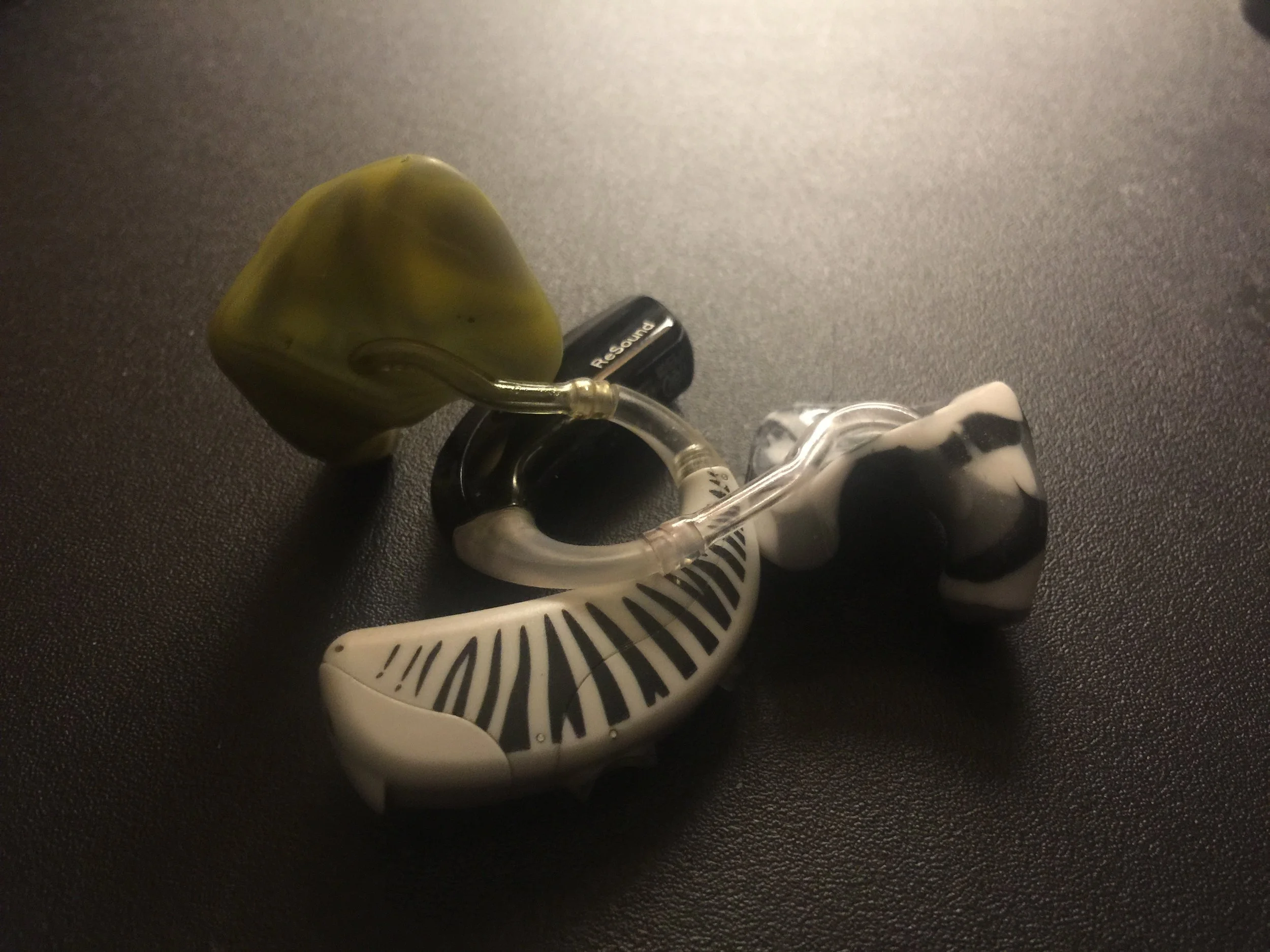The perception that hearing aids fix deafness as glasses fix nearsightedness still lingers to this day in 2017. While fitting a pair of prescription glasses on a person with worse than 20/20 eyesight is relatively simple, this is not the case with hearing aids.
A person with impaired eyesight can simply get a prescription to correct vision impairments, whether by using glasses or contacts. Many people, both deaf and hearing, correct their vision in this way.
Because it’s easy to get a new pair of glasses and see almost 20/20 again, hearing people tend to think that hearing aids, by extension, accomplish the same for deaf people.
Hearing Aids Need to Be Programmed and Customized
In reality, giving deaf people a hearing aid or cochlear implant doesn’t change the fact that they still need interpreters, captioning and sign language to communicate.
Although the severity of hearing loss among deaf and hard of hearing people varies widely, even people with mild-moderate hearing loss wearing hearing aids still miss a lot of auditory information.
All hearing aids and cochlear implants need to be customized and programmed to fully benefit a specific individual. Even when the benefits are maximized, deaf people still need to read lips, use sign language and get interpreters for meetings or classes.
Hearing Aids Don’t Eliminate The Need for Other Services Like Interpreters
It’s not that hearing aids don’t help. They do. The biggest benefit from hearing aids or cochlear implants is hearing environmental sounds.
But a deaf person suddenly gaining near 100% speech comprehension in almost all real life scenarios after getting fitted with a hearing aid is extremely rare.
More likely, they will be able to hear cars approaching, fire alarms going off, and dogs barking. But they still wouldn’t be able to understand someone talking without looking at their faces.
Those who do actually have only mild-to-moderate hearing loss to begin with, and already have speech comprehension imprinted in their brains in the first two years of their lives.
Simply put, putting on a hearing aid is completely different from putting on a pair of eyeglasses.

